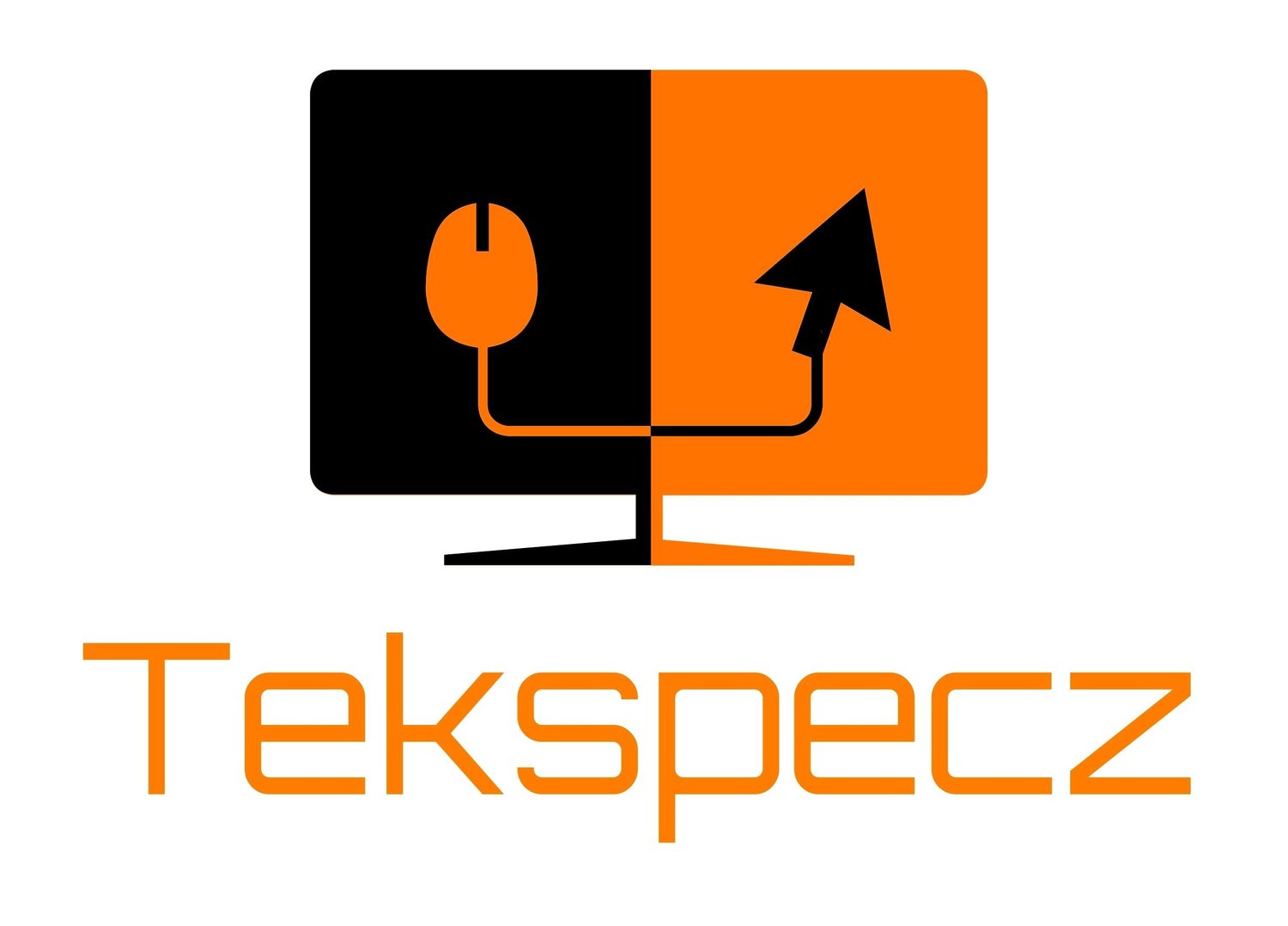This past Tuesday at Computex which took place in Taipei Twaian for those wanting to know its geographical location, AMD stunned the technology world with their unveiling of their newest flagship graphic card the Polaris Radeon RX 480.
It's a stunner not because of its overall specs which I will get to in a few lines of text, it's a stunner because AMD's pricing of this graphic card at just $200.
The price alone should not have you thinking that you're not getting anything short of a sublime preforming graphics card, I guess you know where this conversation is headed, let's talk spec numbers.
Whats considered by AMD next generation architecture, Polaris will be produced using both TSMCs 16nm and Global Foundries 14nm FInFET processes. The numbers goes as follows, the GPU will have 36 CU ( Compute Units), 5 TFLOPS of compute performance. It will feature 4 or 8GB of GDDR5 memory, I'm not sure which is which for the sake of wanting to be impressed let's go with 8GB, moving right along, it has an effective data rate measuring 8GBps, connecting GPU via 256-bit interface. Resulting in RX 480 memory bandwidth peaking at 256GB/s. The display support will have DisplayPort 1.3 and 1.4 with HDR capability.
So now you have knowledge on what the spec numbers will be, but you must get an understanding as to what AMD ultimate goal here is and that's to build a graphic card that has peak performance with lower output of power, enabling excellent performance per watt. The latest process technologies used by Polaris GPUs will certainly be used in a mobile device near you, I'm talking ultra thin factor notebooks and all-in-one desktops.
Equally impressive is how the Radeon Palaris RX 480 stacks up against Nvidia's new GTX 1080 and 1070 graphic cards. Represenatives from AMD ( the VP of technology Raja Kordi) ran Direct X FPS benchmarks and to the surprise of many and myself, it outperformed Nvidia's GTX 1080. For their demonstration they used two Radeon RX 480 graphics cards in CrossFire configuration. I must add the GTX 1070 and 1080 are valued more in price, $599 and $699.
AMD main target is gamers of course, that's the main staple of all companies that make highend graphics, but like most graphic cards released today, the aim now is VR gaming, this particular RX 480 will be VR ready. Along with its VR compatibility and the mentioned features, the graphic card will pull just 150 Watts, remember goal here high performance with less output of power.
This is definitely a technology shifting moment from AMD, releasing reasonably priced high performing graphic cards to market. Allowing builders like myself to purchase a high end graphics without digging deep into the wallet.
Speaking of which, the Readeon RX 480 is expected to hit the market in late June.




